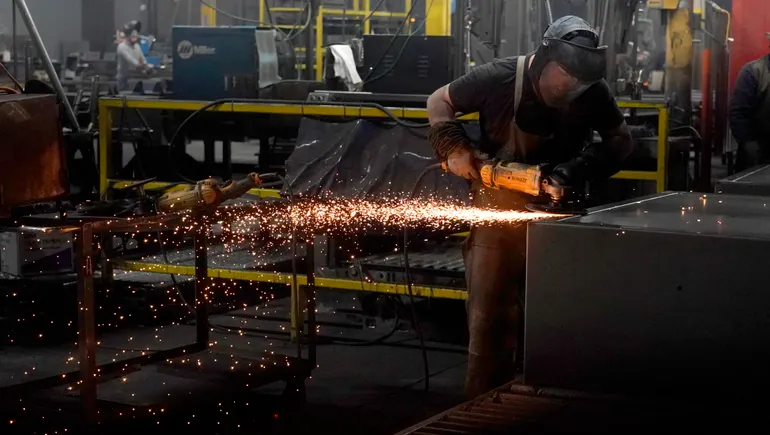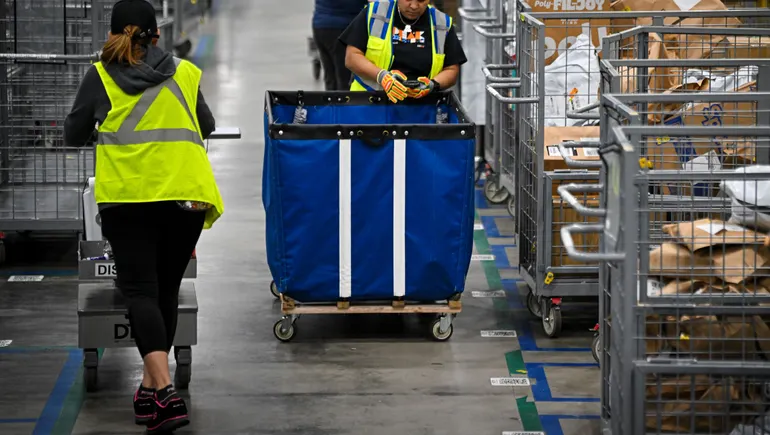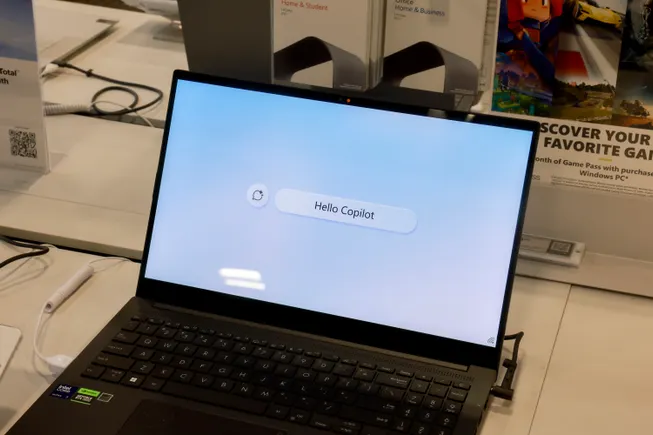More adults recommend trade school for new high school graduates than those who recommend college, according to a June 5 report from the American Staffing Association.
When considering the “ideal post high school path” for today’s graduates, 33% of U.S. adults advocated for a vocational or trade school, followed by 28% who encouraged a four-year college or university, 13% who advised entering the workforce and 11% who supported apprenticeships.
“The time has come to radically rethink how we’re preparing America’s future workforce,” said Richard Wahlquist, CEO of ASA. “Americans are clearly concerned that colleges and universities are failing to equip students with the workplace-relevant skills that employers need.”
In the survey of more than 2,000 U.S. adults, opinions varied by generation. Vocational and trade school careers were most supported by baby boomers (41%), Generation X (37%) and millennials (31%), as compared to 22% of Generation Z.
On the other hand, Gen Z was the only generation to recommend a four-year degree (36%) over a vocational or trade school (22%). Members of Gen Z were most likely to say graduates should pursue a traditional degree, followed by entering the workforce or attending a trade school.
“These results underscore the importance of educators, policymakers and parents coming together now to develop, fund and support programs designed to prepare young people for the jobs of today and the future world of work,” Wahlquist said.
More than 40% of Gen Z adults are working in or pursuing a blue-collar or skilled trade job, according to a Resume Builder report. Workers said they’re choosing these jobs for better long-term options, higher pay and a lower risk of being replaced by artificial intelligence tools.
The labor market could face a “white-collar recession” as job postings decline for desk-based workers, according to an Employ report.
Although many Gen Z workers want to pursue skilled trades careers, they face challenges when trying to access critical training, according to a Dewalt report. Half of the students surveyed said they were placed on training waitlists, but once enrolled, they participated in internships, mentorship programs and real-world work experiences.






Leave a Reply